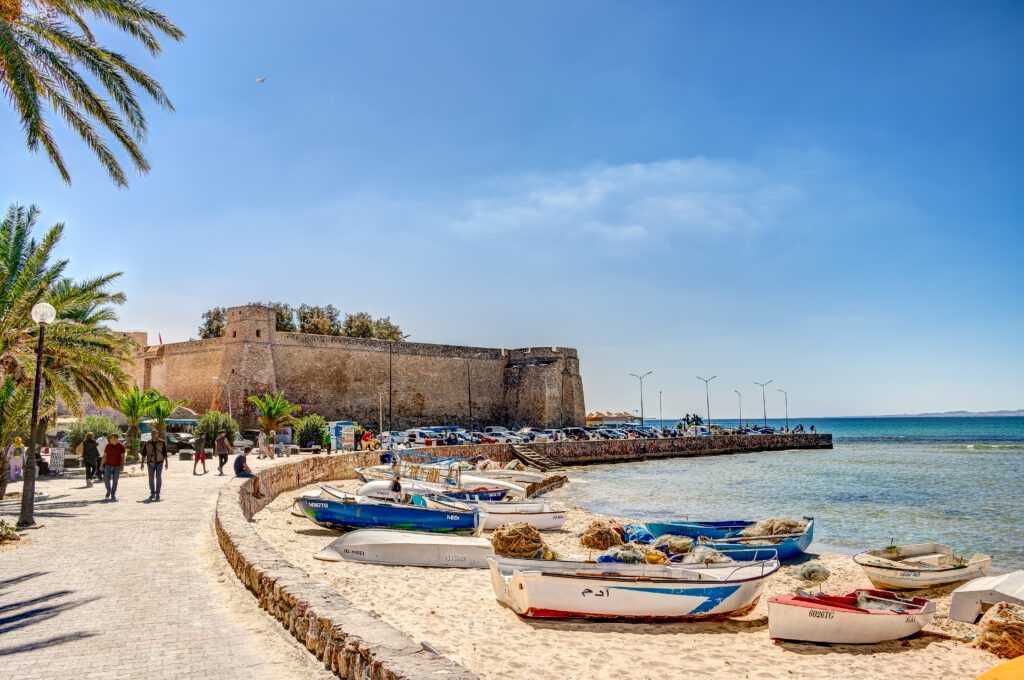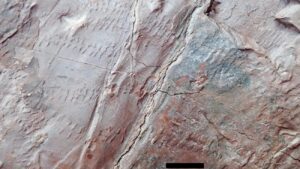Exploring the Ancient City of Pupput in Hammamet
Nestled in the vibrant coastal town of Hammamet, Tunisia, the ancient city of Pupput offers a fascinating glimpse into the past. This archaeological site, though not as famous as Carthage or Dougga, holds its own charm and historical significance. Pupput is a hidden gem for history enthusiasts and curious travelers alike, providing a unique opportunity to explore the remnants of a once-thriving Roman settlement.
What to See in Pupput
When visiting Pupput, you’ll find yourself walking through the remnants of a Roman city that dates back to the 2nd century AD. The site is relatively small, but it is rich in history and offers several intriguing features. As you wander through the ruins, you’ll come across the remains of ancient villas, complete with beautiful mosaics that have stood the test of time. These mosaics, depicting various scenes from Roman life, are a highlight of the site and offer a vivid insight into the artistic skills of the era.
In addition to the villas, you can explore the remnants of public baths, which were an essential part of Roman social life. The layout of these baths provides a fascinating look at the engineering and architectural prowess of the Romans. The site also includes a necropolis, where you can see ancient tombs and burial sites, adding another layer of historical intrigue to your visit.
A Bit of History and Interesting Facts
Pupput was originally a Berber settlement before it was transformed into a Roman city. It became an important hub due to its strategic location near the Mediterranean Sea. The city flourished during the Roman Empire, serving as a vital link in the trade routes that connected Africa with Europe and the Middle East. Over time, Pupput grew into a prosperous city, complete with luxurious villas, public buildings, and bustling marketplaces.
One interesting fact about Pupput is that it was known for its production of olive oil, which was a significant export during Roman times. The fertile lands surrounding the city were ideal for olive cultivation, and the oil produced here was highly prized throughout the empire.
Getting There and Tips for First-Time Visitors
Reaching Pupput is relatively straightforward. If you’re staying in Hammamet, the site is just a short drive away. You can easily hire a taxi or rent a car to get there. The site is located near the modern-day area of Hammamet Sud, and there are signs directing you to the archaeological site. If you’re coming from Tunis, the capital city, it’s about an hour’s drive south along the A1 highway.
For first-time visitors, it’s important to note that Pupput is an open-air site, so be sure to wear comfortable shoes and bring sunscreen, especially during the hot summer months. There are no facilities on-site, so it’s a good idea to bring water and snacks. Guided tours are available, and they can provide valuable insights into the history and significance of the site.
While Pupput may not be as well-known as other archaeological sites in Tunisia, it offers a unique and intimate experience for those interested in Roman history. The tranquility of the site, combined with its historical significance, makes it a worthwhile stop on any itinerary exploring the rich cultural heritage of Tunisia.








